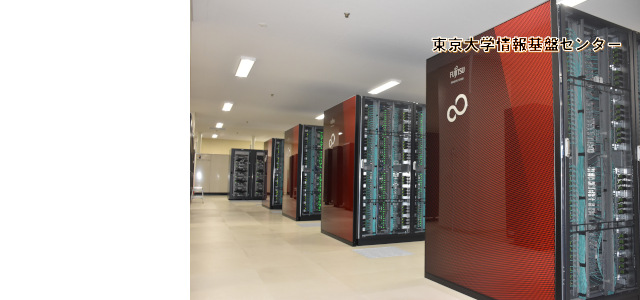採択課題 【詳細】
| EX23704 | データ駆動型キャビテーション乱流モデルの開発とデータ同化を用いた学習データセットの構築に関する研究 |
|---|---|
| 課題代表者 | 岡林 希依(大阪大学 工学研究科) |
| 概要 |
The final goal of this study is to develop a “data-driven cavitation model” based on a machine learning model that is trained by the measurement data, rather than a conventional mathematical model, aiming at improvement of the model by the data assimilation aspect of using measured data. In this paper, as a preliminary study, a framework for a data-driven cavitation model is developed by employing CFD data calculated with a mathematical homogeneous fluid model as the training dataset. The target is cavitating flow around a Clark-Y11.7% hydrofoil at an angle of attack of 0 degree. The neural network for data-driven cavitation model is U-Net, which is a kind of convolutional neural network. The training dataset consists of the fields of the velocity, pressure, and liquid volumetric fraction fL of the current timestep and those of the next timestep. In the test mode, trained U-Net is generally able to predict the fL field of the next step except at the trailing edge vortex where the cavity rapidly grows. The data-driven cavitation model implemented in the flow simulation code quantitatively reproduces the same flow field as that of the mathematical model. However, computation becomes unstable where cavity grows rapidly and pressure waves are generated due to cavity volume fluctuations, suggesting that a data-driven cavitation model needs further improvements to robustly capture such highly unsteady phenomena. |
| 関連Webページ | |
| 報告書等 | 研究紹介ポスター / 最終報告書 |
| 業績一覧 | (1) 学術論文 (査読あり) |
| 該当なし | |
| (2) 国際会議プロシーディングス (査読あり) | |
| 該当なし | |
| (3) 国際会議発表(査読なし) | |
| 該当なし | |
| (4) 国内会議発表(査読なし) | |
| 該当なし | |
| (5) 公開したライブラリなど | |
| 該当なし | |
| (6) その他(特許,プレスリリース,著書等) | |
| 該当なし |









